Over the next three weeks, you are in for a real treat—a three-part series exploring the origins of the most common view of God taught within Christianity and the world. And I am particularly excited, because I love to learn new things, gain new insights, and put more puzzle pieces together; and this series, written by a guest blogger, Dominic Rusu, does just that. I hope you also enjoy it. — Tim Jennings
An Exploration of the Origin of Our Favorite God
Part 1 of 3: Introduction
by Dominic Rusu
Did God Create Humanity—or Did We Create God?
Silly question, right? But in all seriousness, the answer depends on your view of God. And my answer to this question is yes. Both happened.
I certainly believe that God the Creator, Designer of our material existence, created humanity. But I also propose that the god of law and order—which is now firmly established in the mainstream theologies of Judaism, Christianity, and Islam—was created by humanity and evolved as a result of the pressures of this sinful state of existence. This overpowering collective human desire for a divine lawgiver and arbiter of final justice came about as the direct result of the fall of man and the resulting state of sin.
There are two conflicting versions of divinity:
- The God of design law—the Creator of the cosmos
- The god of imposed law—a cosmic version of a Roman emperor
Design law is how reality works. We face natural consequences for not being in a state of at-one-ment with God. In this reality, justification and righteousness are both words describing our alignment with God’s design for humanity.
Design law is concerned with the internal condition of the heart—as Jesus said, “the kingdom of God is within you” (Luke 17:21)—the moral condition of the character, the only thing we’ll take with us into the next world. This is why in the New Covenant, God writes His law upon our hearts and minds (Hebrews 8:10). In the debate about whether morality is absolute or relative, design law reveals that morality is absolute and unchanging, because the Creator God does not change, is always consistent, and it is His nature that serves as the very basis upon which life is built to operate.
Imposed law is entirely different. Structured entirely on the shifting nature of human desire and need, and wrongfully attributed to the Creator, imposed law is not concerned with the condition of our character. It is concerned only with controlling behavior. It is believed widely that externally enforced imposed law evolved for the common good, for the wellbeing of the collective in this broken world. As such, imposed law is all about the morality of deeds, our behavior, and not about individual wellbeing or character.
Morality of deeds is concerned with how our actions impact society as a whole, regardless of whether a crime targets an individual or the collective. The driving force of imposed law is to increase cooperation and decrease the chaos that inherently comes from being in a sinful state. Consequences for violating human imposed law are equally chaotic because humans and their laws are arbitrary; therefore, the punishments imposed by society are nothing like the natural consequences of violating design law, nor are such punishments about restoring an individual’s character to at-one-ment with the state.
Moreover, the morality of deeds in human law is constantly changing, subject to the biases, stresses, and challenges of a particular human culture. What is immoral and criminal in one society or period of history can become moral and legal in another place and time, regardless of its impact on the character. For example, consider how alcohol, tobacco, “illicit” drugs, euthanasia, and abortion are moral and legal in one society or period of history but immoral and illegal in another place or time.
How and Why?
In this three-part series, I will build the case that the greatest deception achieved by Satan has been convincing humanity to rely on their imposed laws to achieve their ends. He has done this by getting humanity to embrace a god-archetype based on the human desire to escape its fears and to survive: a divine king, lord, ruler, sovereign, monarch, and lawgiver—a cosmic imperial dictator who can bring order out of chaos through the rule of law. After the fall, our sinful state of existence made the emergence of the divine god-king inevitable.
In part 2, Sin “Creates” the Rule of Law, I’ll describe the adulteration of man’s view of God as Satan’s endgame. Manipulating humans through their misery, fear, and selfishness is merely a means to this end; it is not Satan’s ultimate objective. We think too highly of ourselves when we believe that Satan’s goal is to make us miserable. The ultimate attack is on the true God. His enemy uses our fear of non-existence and the chaos sin causes to drive our creation of the false god of law and order that replaces the Creator God in our hearts and minds.
I’ll also demonstrate how the state of sin, ushered into our world by Satan’s temptation of Adam and Eve, became the most powerful creative force on this earth after the fall. Mankind has been so immersed in this creative force that, without a living connection to God, we had no choice but to create a god in our image.
We will trace the origins and refinement of law and order in human societies. To the worldly mind, the rule of law appears to have worked brilliantly for human survival and progress in this sinful existence. This is the reason many have a difficult time even seeing the deception of the counterfeit god of law and order. We are born into law and order just as we are born into sin. Thus, this critical cultural construct for survival is at the core of almost all human interaction.
In part 3, Christ Exposes the False God of Law and Order, I’ll describe how fallen humans have taken what works on this sinful earth (rule of law) and projected it onto God, replacing the Creator’s design-law kingdom with a divine dictatorship. I’ll make the case that this was not a human conspiracy but the inevitable result of fear and selfishness replacing love in the heart. This was precisely Satan’s plan from before the fall of man. And the “progress” that the Christian church has been made through the Reformation has completely ignored this corruption to the image of God.
We’ll also examine the significance of Christ’s life and demonstrate how this revelation was intended to shine a bright light on the corruption that had occurred within Jewish theology and warn about what was to come with the formation of the Roman church.
The Good News of the life of Christ is the clearest view of the true character of God and His use of power—how He governs. But even the revelation of His life was adulterated within a few hundred years by the church. Thus, the truth was covered up again with the god-king imagery. So while Christ’s life is indeed the good news, it is for very different reasons than what mainstream Christian theology teaches. The legal transaction view of salvation fits the god-king motif, but it is wrong, resulting in devastating eternal consequences.
The good news that Christ brought is the correct view about God, the Creator who is less concerned about the common good of our broken societies and the competition between cultures, tribes, and nations, and is primarily concerned with healing each of our individual characters.
This truth isn’t useful to earthly authority and power. Thus, the true character of God was conveniently cast aside and replaced with a god-king image—a cosmic warlord, a divine tribal leader, a “benevolent but just” ruler. This god, in its many forms across cultures, would be used to control human behavior for the purpose of survival in a broken world and to ensure that “justice” would be served—here on earth and eternally. Given our sin-addled intellects and emotions, this is exactly what we think we need, what we want, and what we have created.
Since my time as a member of the Come and Reason Ministries class, I’ve come to understand clearly the contrast between the two versions of God. But I have been continually dogged by the question of how it all came to pass.
I now have my answer and in this three-part series I will share my conclusions with you, with the objective of exposing just how we created the rule-of-law god in our image.

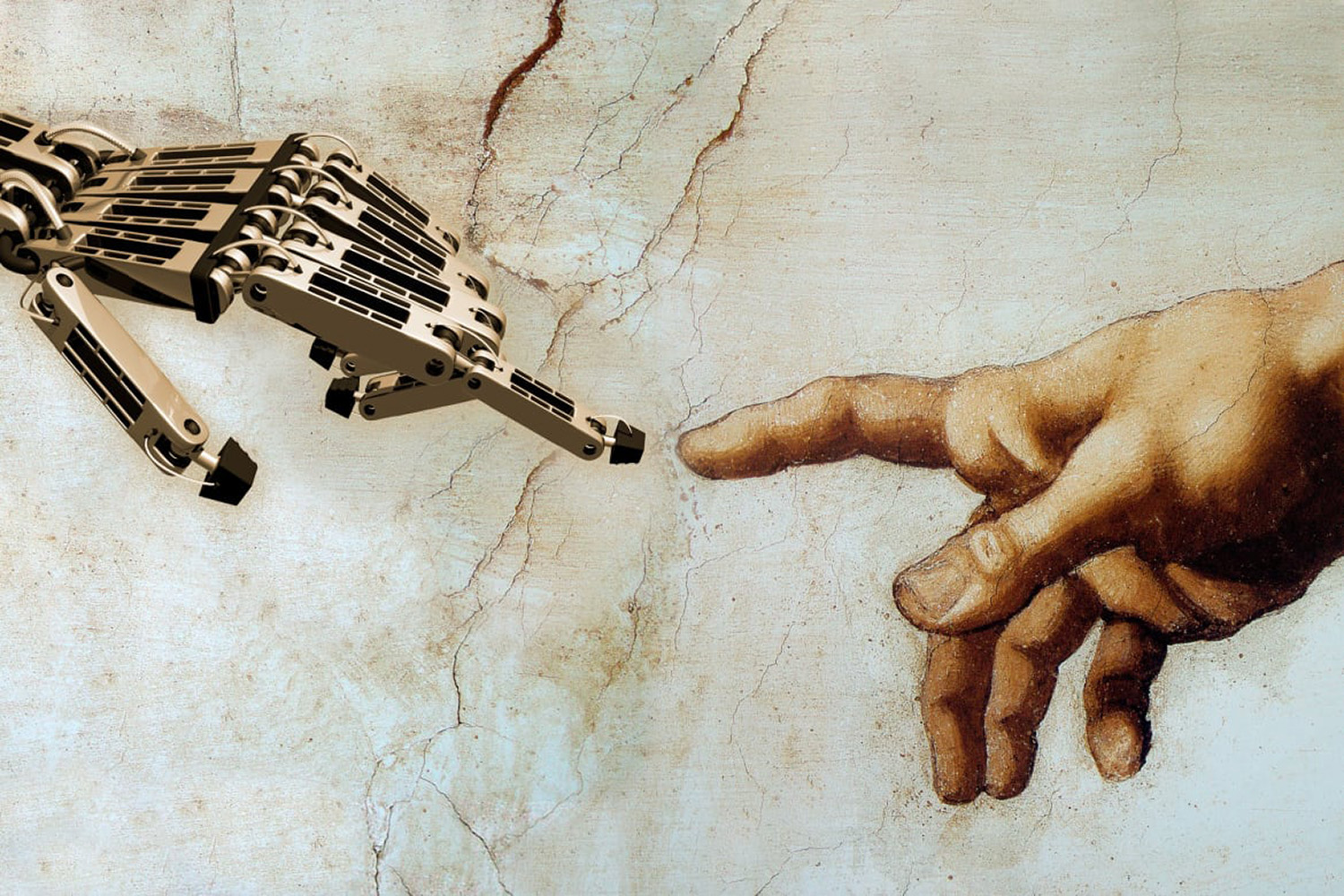


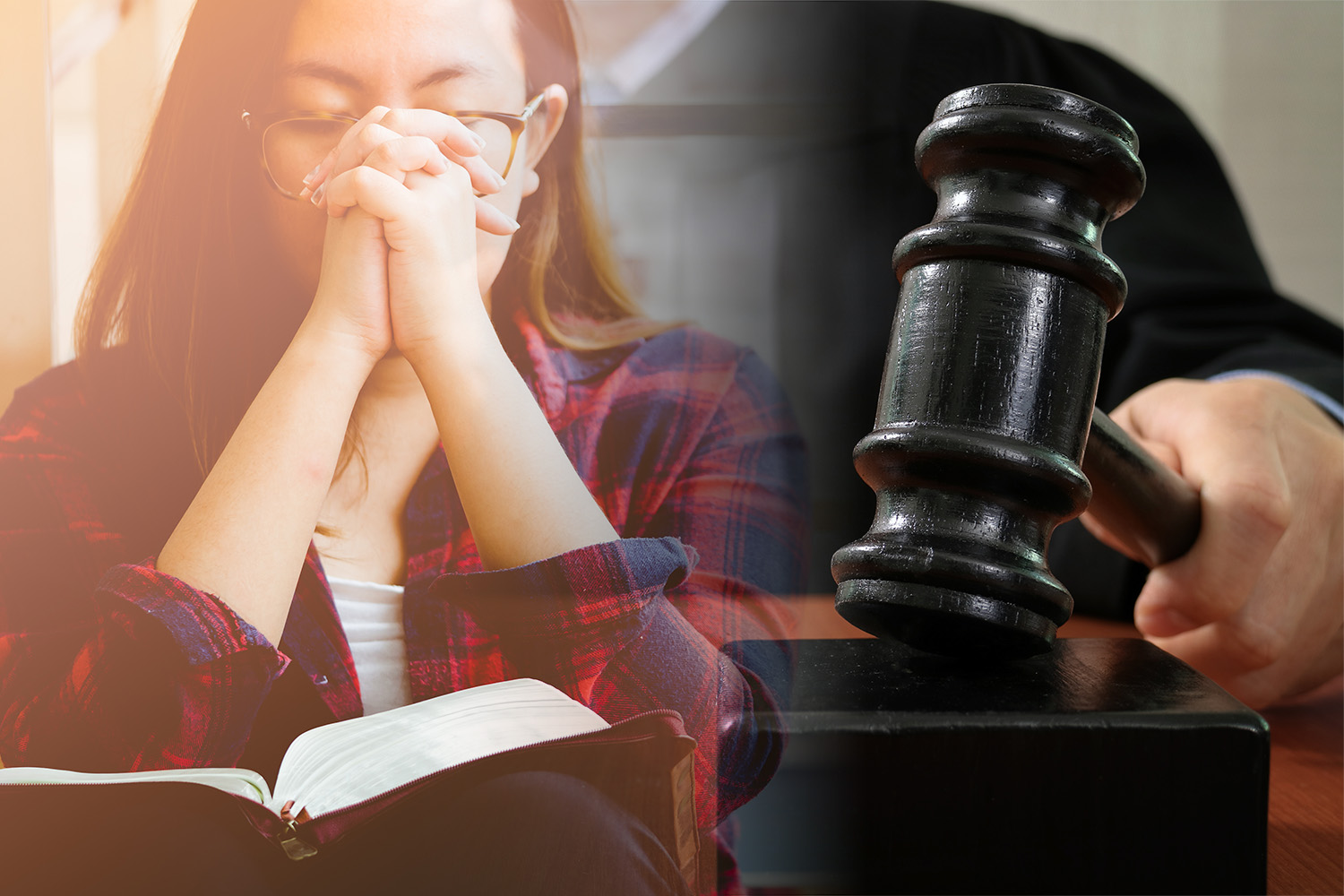


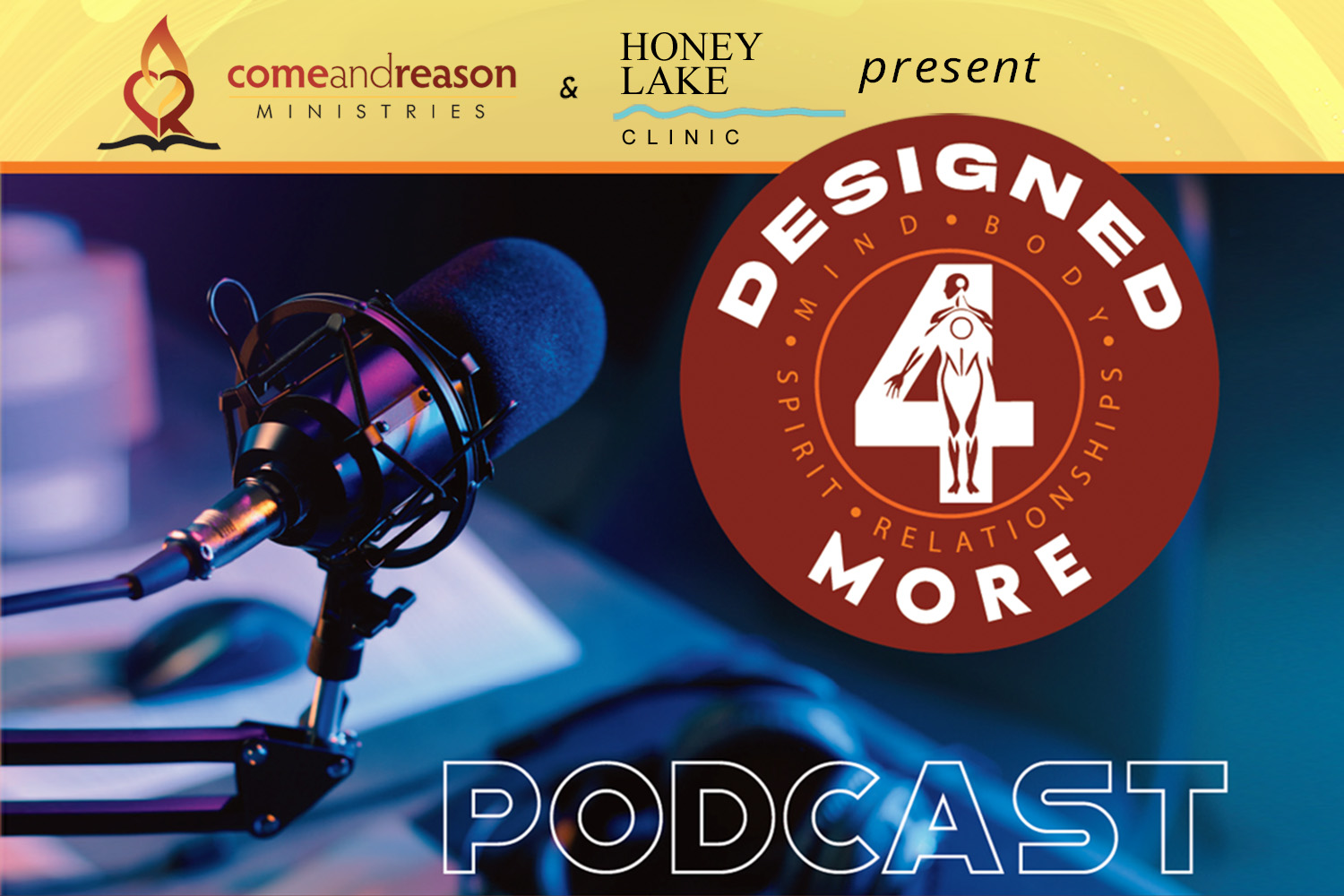
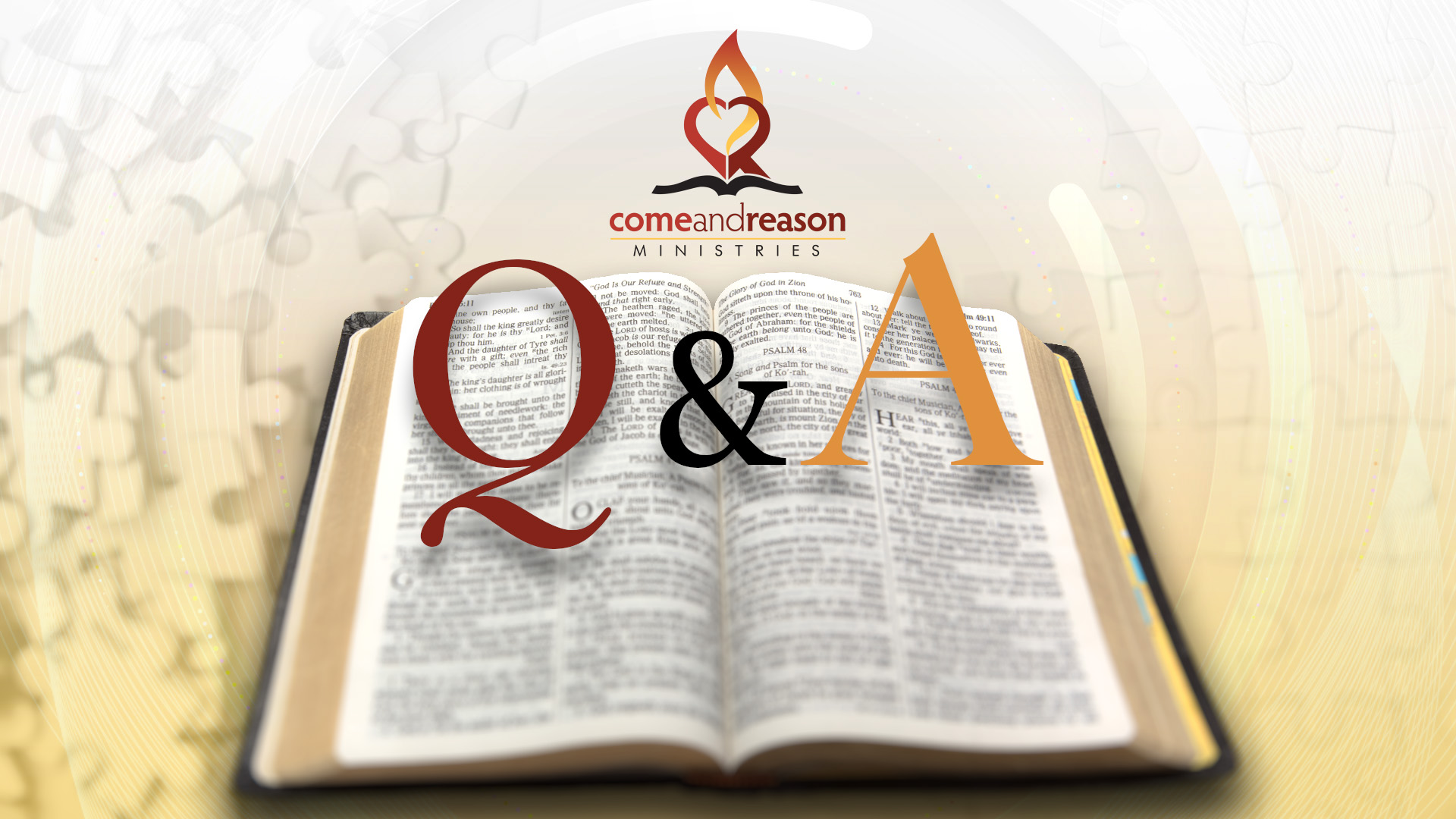
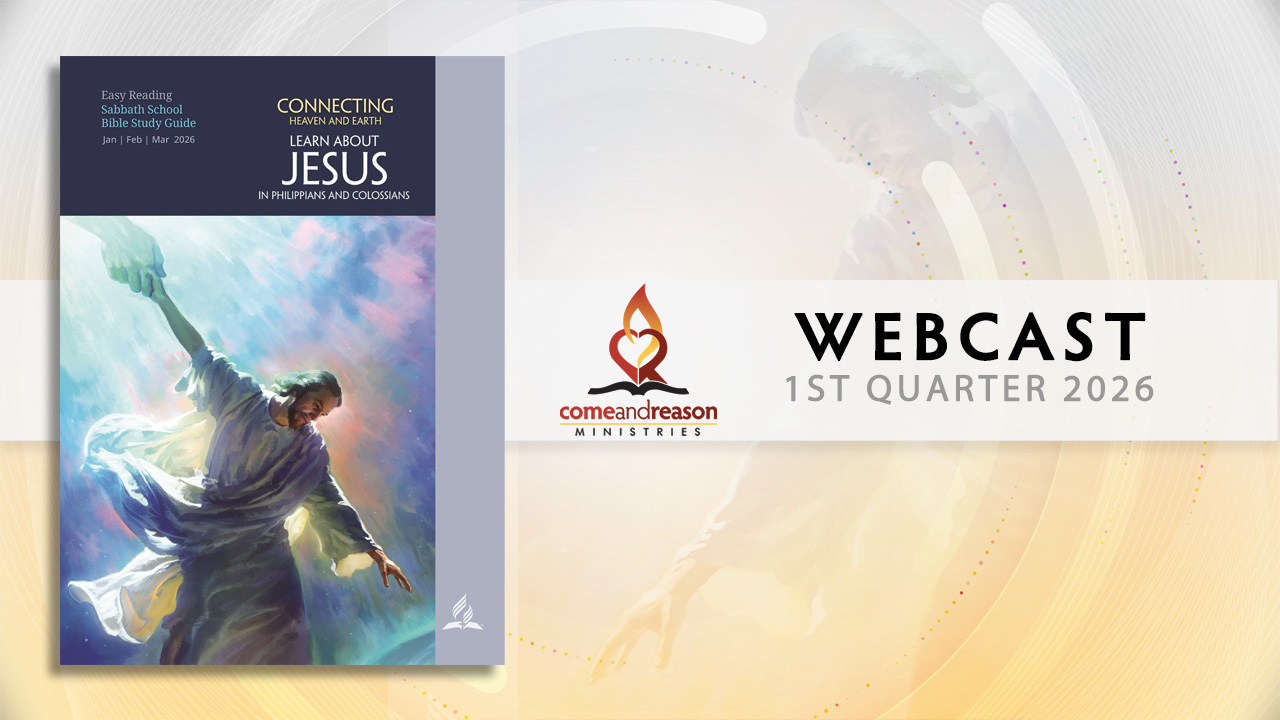
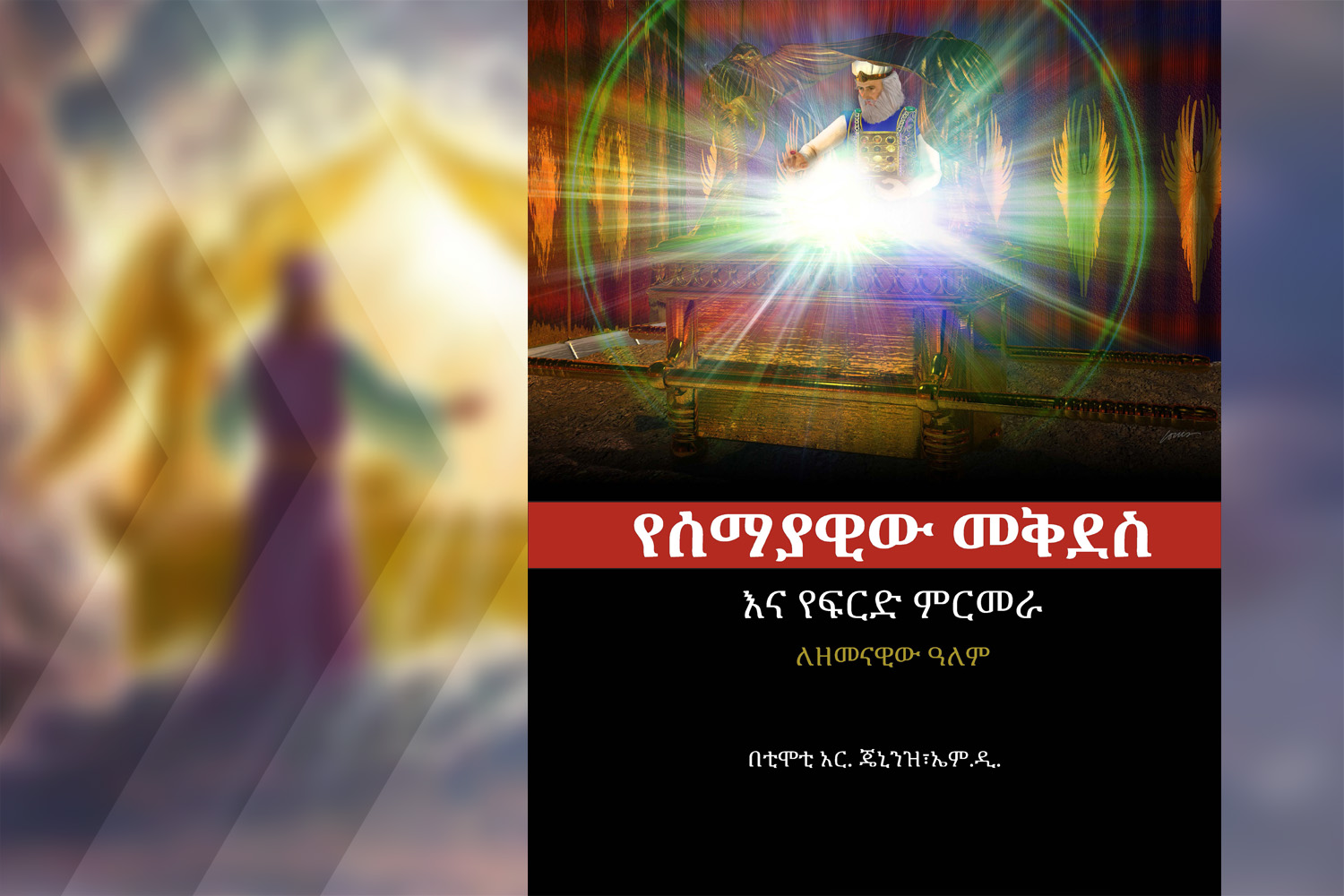
 using your credit or debit card (no PayPal account needed, unless you want to set up a monthly, recurring payment).
using your credit or debit card (no PayPal account needed, unless you want to set up a monthly, recurring payment). instead?
instead?